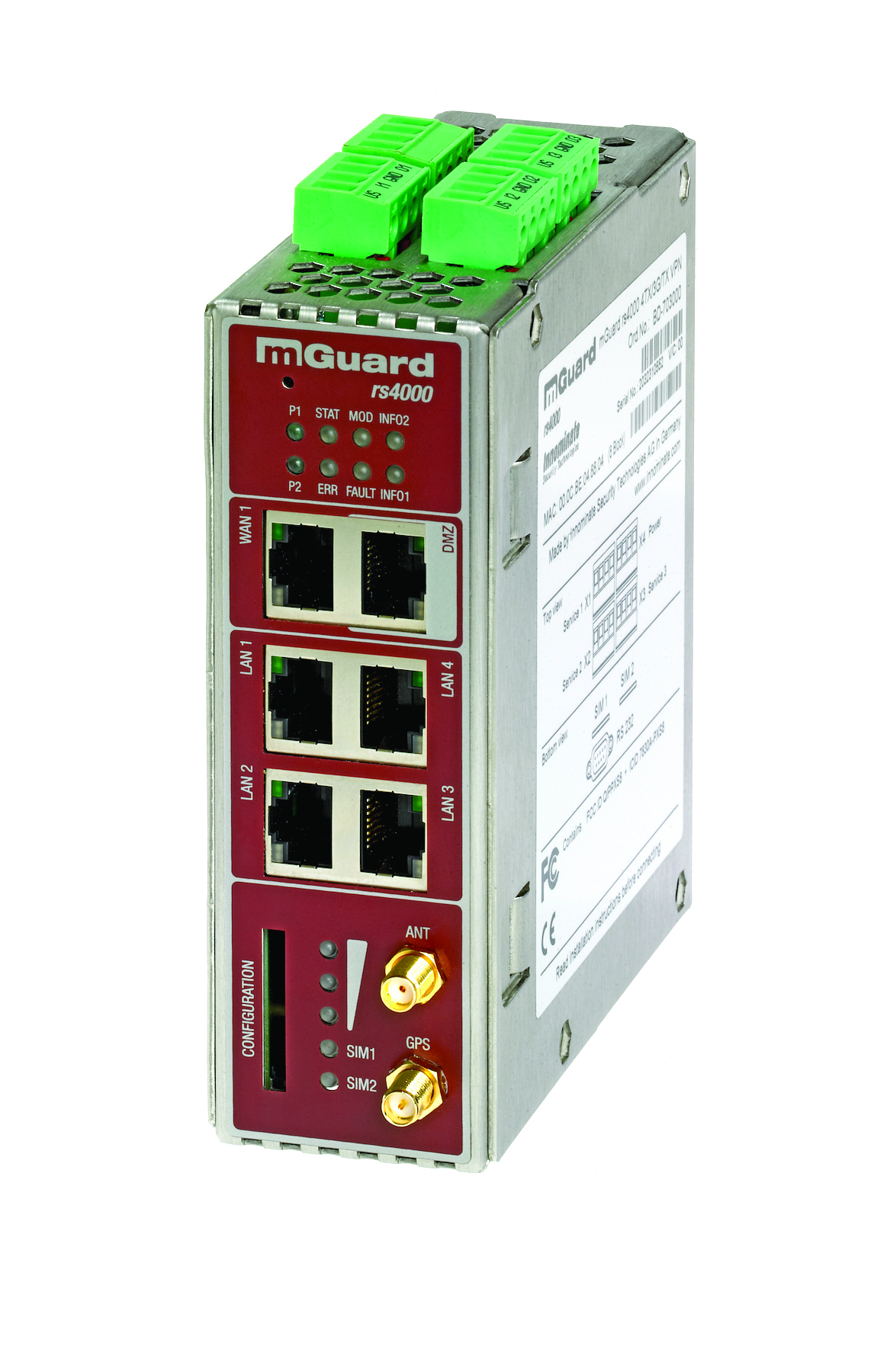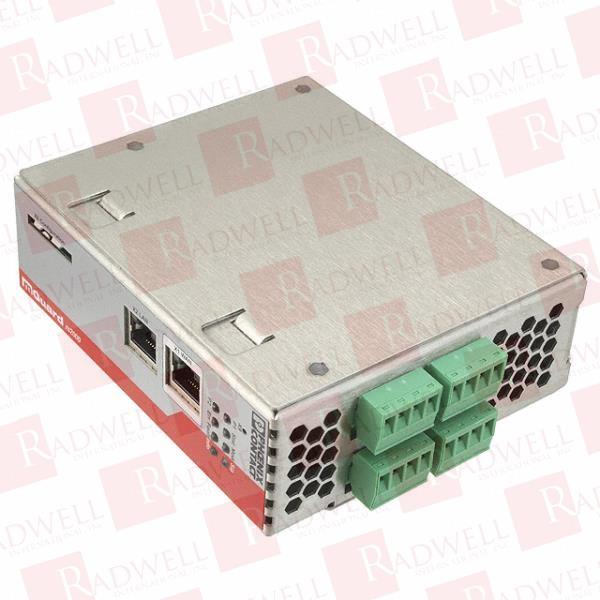

However, most organizations have configured their DNS servers to prevent zone transfers from unintended DNS servers.

If the organization's firewall protecting the authoritative DNS server allowed the TCP port 53 packets and the DNS server was configured to allow zone transfers to anyone, then this dig command would be successful. Zone transfers take place over TCP port 53 and in order to prevent our DNS servers from divulging critical information to attackers, TCP port 53 is typically blocked. You can use the dig command to gather information from a server for a specific zone file. However, hackers often try to perform a zone transfer from your authoritative DNS servers to gain access to even more information.
#SETTING UP PHOENIX MGUARD FOR FIREWALL PLUS#
Attackers can use a variety of techniques to retrieve DNS information through queries. Buy Phoenix Contact FL mGuard Series VPN Firewall, 2 ports - RJ45 Connections, 10/100Mbit/s Transmission Speed DIN Rail 2702259 or other Industrial Routers online from RS for next day delivery on your order plus great service and a great price from the largest electronics components. Public information contained a target's servers is valuable to an attacker and helps them focus their attacks. ĭNS can be used by attackers as one of their reconnaissance techniques. Now with the impending deployment of DNSSEC and the eventual addition of IPv6 we will need to allow our firewalls for forward both TCP and UDP port 53 packets. The reality is that DNS queries can also use TCP port 53 if UDP port 53 is not accepted. Security practitioners for decades have advised people to limit DNS queries against their DNS servers to only use UDP port 53.


 0 kommentar(er)
0 kommentar(er)
